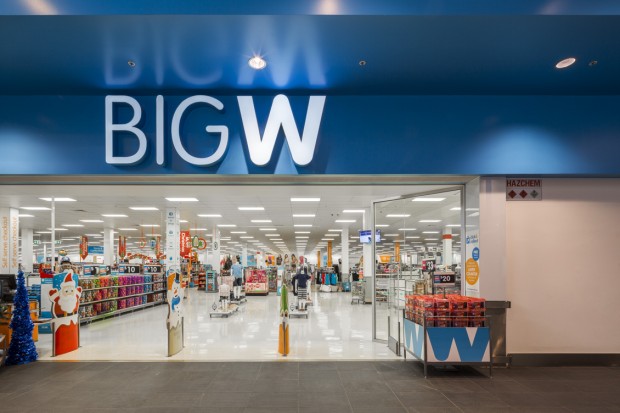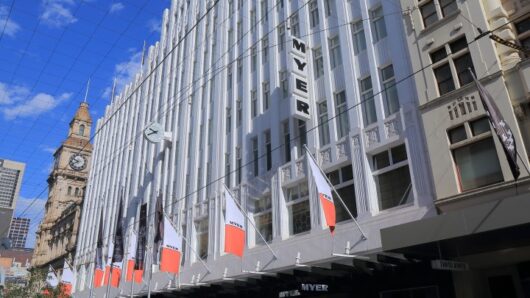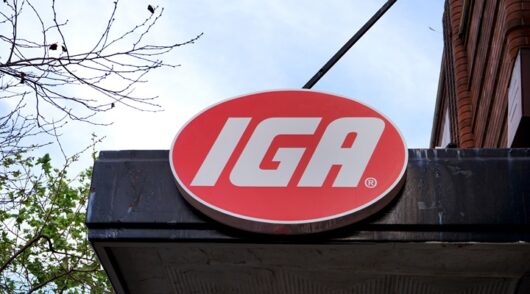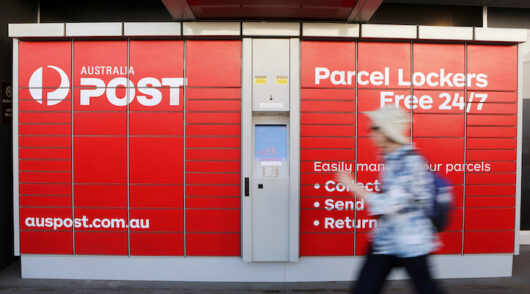Woolworths Group chief executive Brad Banducci remains open to the possibility of selling Big W once the struggling discount-department store is back on track, outlining his confidence that the business can be turned around.
Five months after asking analysts and investors to “have faith” his Big W turnaround plan, Banducci was today spruiking green shoots in the brand’s performance, including a 1.1 per cent increase in top line sales and thinned $10 million loss.
Faith, according to Banducci, is no longer required.
“You don’t have to believe that much to see material improvement,” Banducci told analysts and investors on Friday.
Big W’s turnaround remains a “multi-year journey”, with losses of between $80 – $120 million expected for FY18, but evidence that management has been able to find top-line growth has buoyed confidence that there’s light at the end of the tunnel.
Whether Woolworths will still own the business at that time remains uncertain though.
“We are quite open to what the future is for Big W, but the no regrets move is we simply need to get the business into the right shape,” Banducci told investors and analysts on Friday.
“That gives us optionality to either be a holder or not going forward.”
It would not be the first time Banducci has exceeded expectations since taking the helm at Woolworths two-years ago, with the once struggling supermarkets business today unveiling 4.9 per cent comparable growth for the half, drawing praise from the usual sceptics.
“If anyone thought that you’d be doing 5 per cent like-for-likes at this point…most of us would have been committed,” Merrill Lynch analyst David Errington said.
But even as Banducci conceded, there are some “frustrating” differences in discount-department store turnarounds versus supermarkets.
“There are material opportunities to improve this business and they are very exciting,” Banducci said. “The lead time, versus a supermarket, is where the frustration is – because there’s just a longer lead time because of the nature of the stock flow into the business.”
After about a year of heavy price investment across the breadth of the Big W business, 2H18 will see focus placed on improving stock-flow throughout the discount department store to pull cost out of the business and position it to better take advantage of increasing interest from customers.
The retailer has refreshed 120 stores, which alongside the re-launch of Woolworths rewards into the business and an improved online experience was resonating with shoppers, Banducci said.
Banducci did not commit to a timeline on the Big W turnaround, other than to repeatedly say it would be a multi-year journey that Woolworths’ was just getting started on.
But as rival chain Kmart, owned by Wesfarmers, steps up its own price investment to reflect Big W’s renewed intentions, questions have been raised about the broader state of the discount department store sector, particularly in relation to the number of stores in the sector.
Banducci said on Friday that the size of Big W’s store portfolio was a “fair and topical” question and that the business would challenge itself to ensure commercial terms on upcoming leases made commercial sense.
Access exclusive analysis, locked news and reports with Inside Retail Weekly. Subscribe today and get our premium print publication delivered to your door every week.






